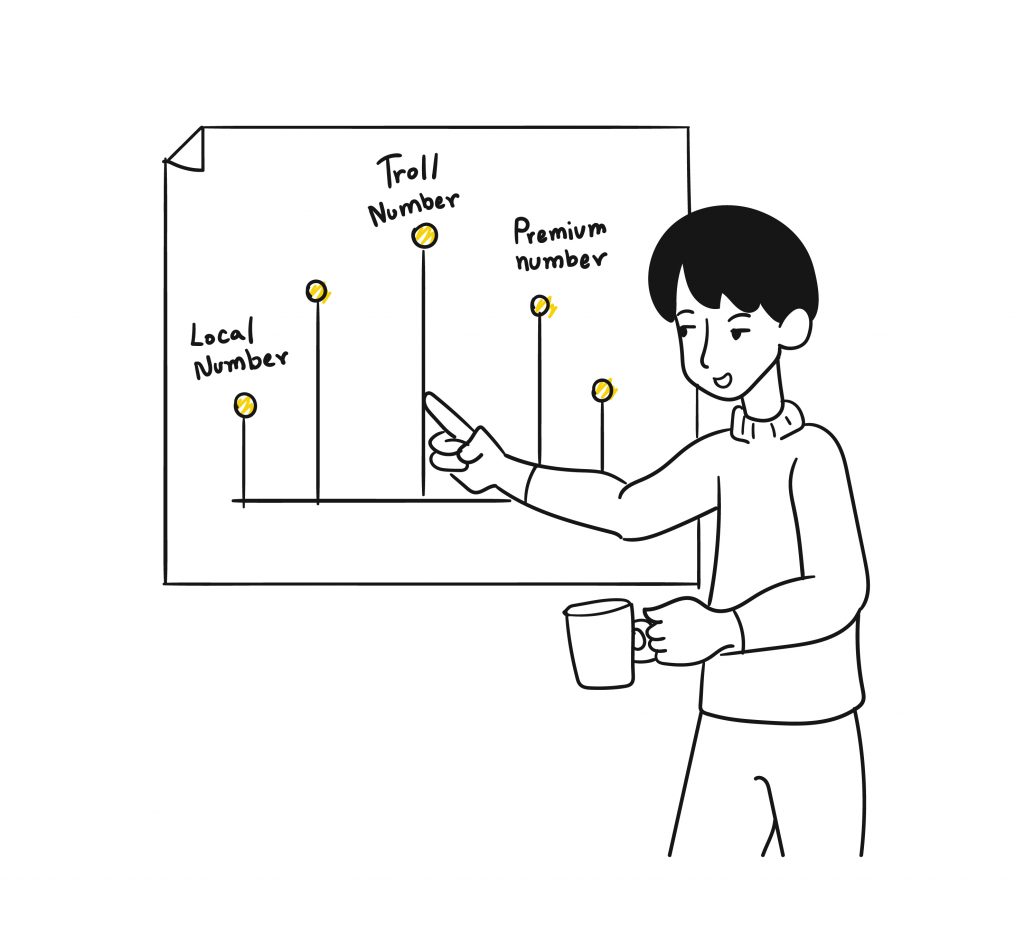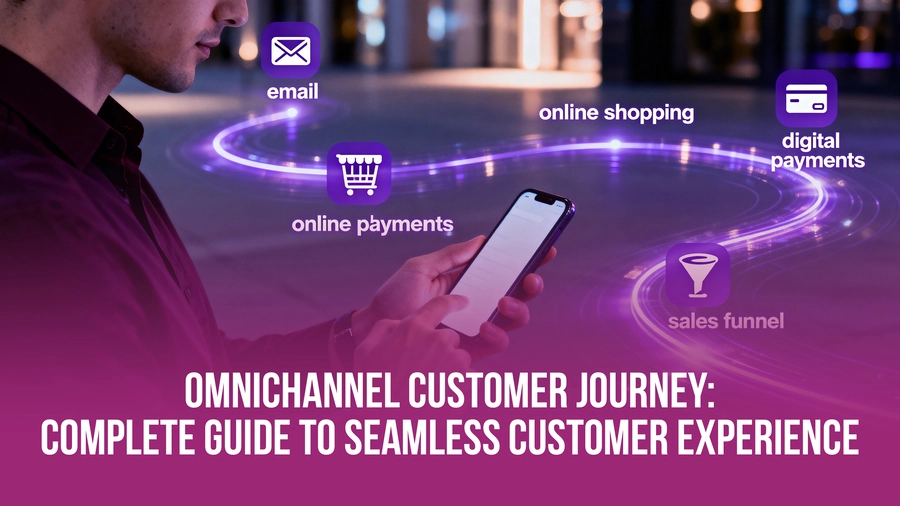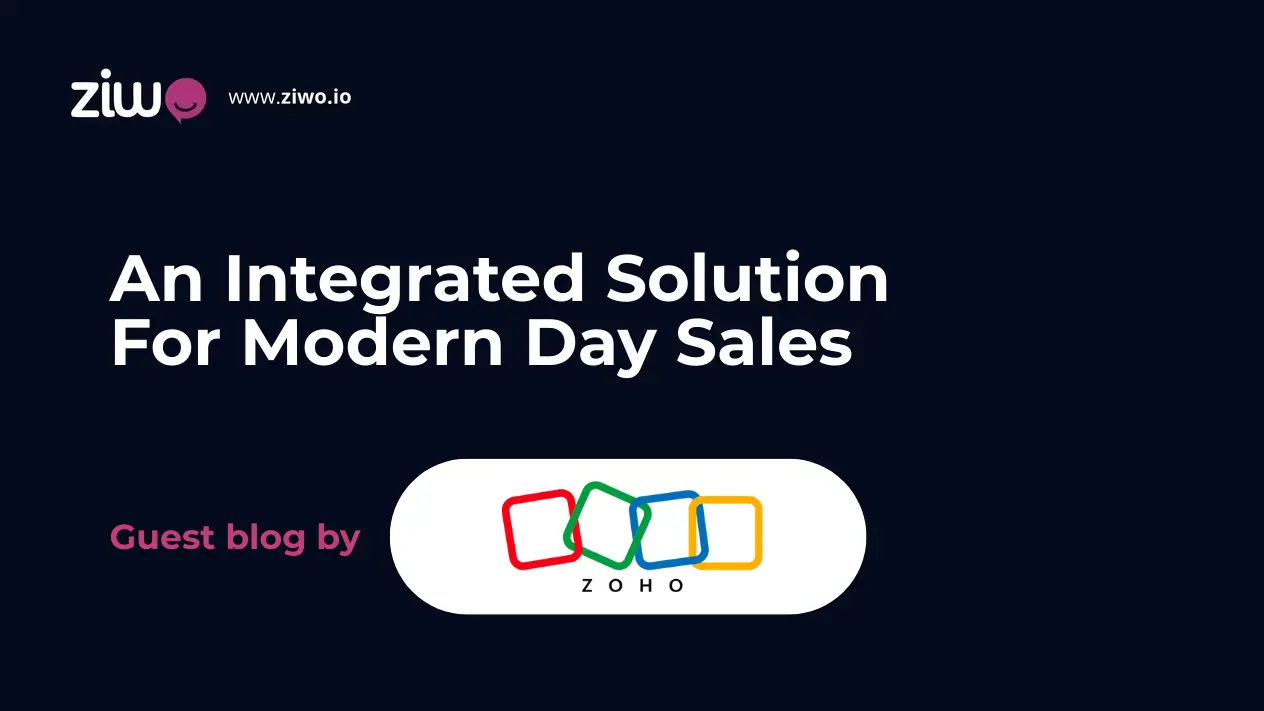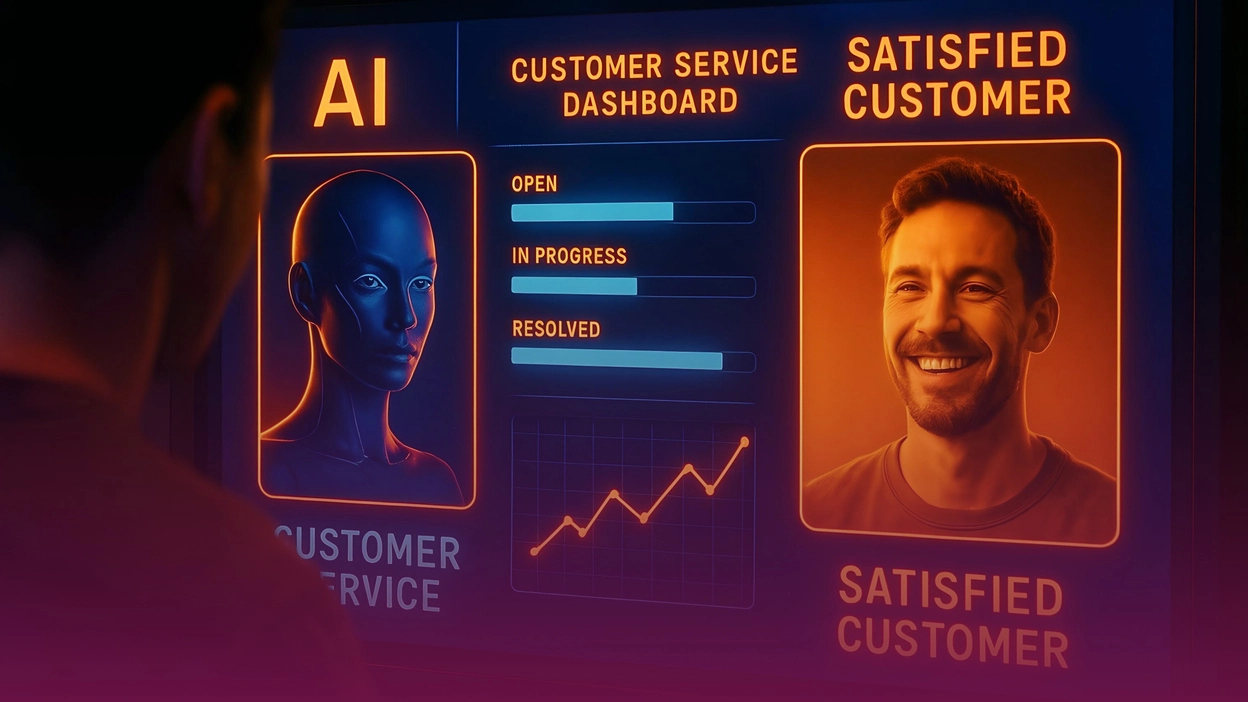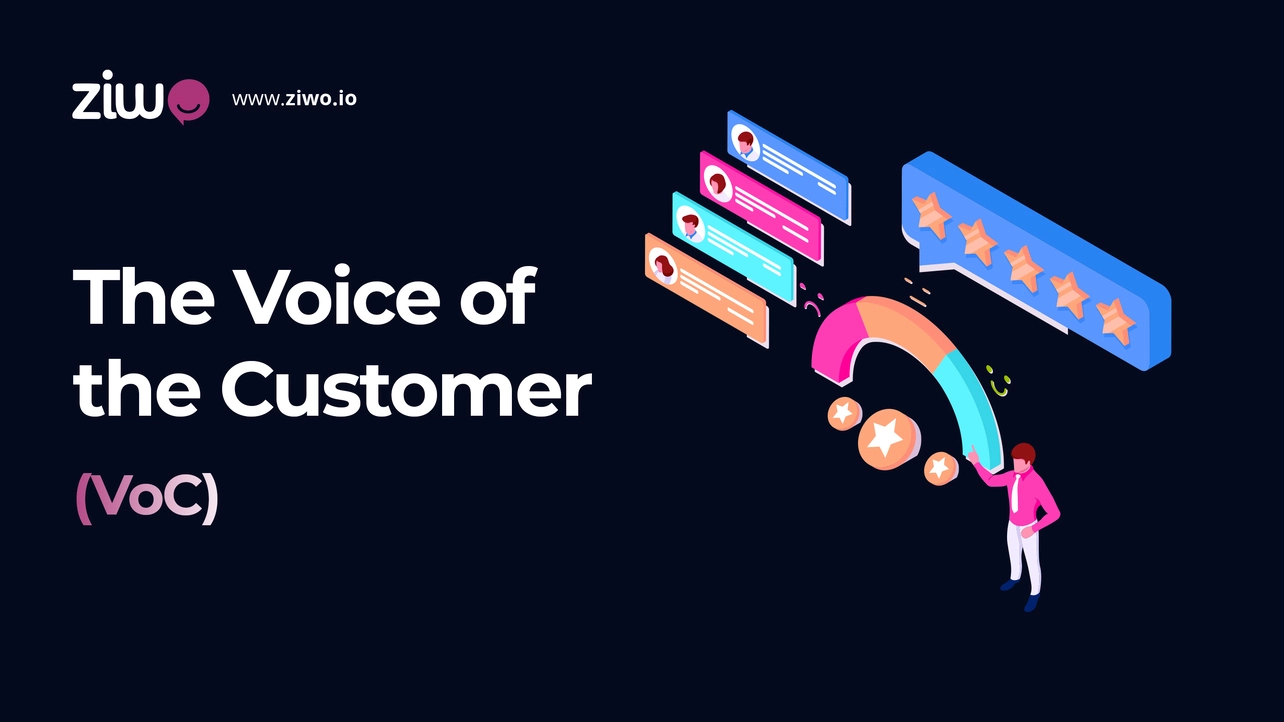Jargon like ‘customer satisfaction’, ‘customer experience’, and ‘customer service’ is mostly used by businesses to attract new customers. But it’s not a hidden fact that these terms actually hold value and shouldn’t be just used to lure customers.
Happy customers are businesses’ best possessions. They are your free loyal advertisers for a lifetime. They not only give you new customers but also become a consistent source of revenue for your business. What else? Mostly, a customer is willing to pay you more than to your competitors just because you provide better customer service.
Now, an important question is, ‘How exactly a business ensures smooth and effective customer service?’
Good customer service is always an outcome of customer satisfaction. A satisfied customer appreciates your customer service and shares his/her experience with others. So, the first step to attaining good customer service is to ensure customer satisfaction.
Besides providing a quality product, quick response to customer queries, being transparent in policies, one very important method to ensure customer satisfaction is to take customer feedback and act upon it. Taking customer feedback helps your business grow while improving on negative aspects. Also, it makes your customers feel valuable and important.
Having emphasized enough on the importance of customer satisfaction, here I’m going to explain to you one of the easiest ways to ensure that.
Customer satisfaction depends highly on how you deal with their calls, and on-call customer satisfaction can be ensured through ‘End Call Survey’. Now, let’s take a dive into the details of ‘end call survey’.
What is an End Call Survey?
The End call survey, also known as ECS, is a survey used by businesses to take customer feedback after the customer has finished talking to your customer support agent. It is typically used to determine whether your customer is satisfied with his/her/their on-call experience.
Technically speaking, an end-call survey is an audio-input based survey that is normally used in call centers. The voice prompts to provide the survey questions and the customer enters their response by the telephone keypad and/or by speaking their answers.
End call surveys or After-Call Surveys are always made after customers’ consent and do not force them to be on the call unnecessarily.
So, let’s now understand the implementation of After-Call Surveys.
How does it function for your business?
The process of end call survey begins once customers answer queries and the agent disconnects the call.

Let’s take a look at the detailed step by step process of an After-Call Survey.
1. Customer speaks to your support executive:
It goes without saying that this is the first step. An end-call survey cannot be done until a customer has called on your business contact number and communicated over call with your customer support executive.
This call can be regarding a general enquiry, filing a customer complaint, demanding the status of any ongoing support ticket, renewal of customer’s service or any other requirement based on your business type. Your customer support executive gives a resolution of whatever query the customer puts forward.
2. Customer’s consent for After-Call Survey:
After your support executive gives a complete resolution to your customer, the executive asks the customer if they would like to participate in quick feedback regarding resolution of their queries. Following the question, customers are given the option to opt in or opt-out. For example, press 1 to opt-in and press 0 to opt out.
To opt-in, the customer presses 1 and to opt out, the customer presses 0. If the customer decides to opt out, the call gets disconnected and isn’t transferred further.
3. Call transfer for end call survey:
If the customer consents to participate in the After-Call Survey, he/she presses 1. Thus, the customer opts in for the survey.
As soon as the customer decides to opt-in, the icon on agents’ dashboard turns green and the support agent is able to directly transfer the call for end call survey. There is no need to dial any extension manually. It’s done in just a click to ensure minimum waiting time for the customer.

4. End call survey being made:
After the support agent transfers the call for the survey, the customers are asked to rate their experience with the support executive. For example, ‘on a scale of ‘0 to 9’, where 9 is the highest, how would you rate the agent’s ability to solve your problem?’ Customers give the required input through their keypad.
So, if the customer presses 1, it was a bad experience, if the customer presses 6 or 7, it was a neutral experience, and if the customer presses 9, it was an excellent experience.
It depends upon case to case basis if the company wants to ask more similar questions or not.
5. Additional Feedback or open feedback:
This is one of the most crucial stages of customer feedback. After the customers have given their feedback through keypad input, they are prompted to give open feedback in their own voice.
Here, customers can explicitly give reasons for whatever feedback they have given previously. Hence, customers speak a short voice message and press #. This records the client’s message and then sends it for further scrutiny.
This marks the end of the survey. The caller hears a thank you message after participating in the survey.
ECS is a short post-call survey and definitely contributes significantly to customer satisfaction.
ECS isn’t an option anymore
As businesses have gone digital, face to face interactions with customers have decreased remarkably. This has led to an enormous increase in business calls. Be it onboarding a new customer or providing after-sales service, everything is done through a phone call. So, it has become very important to ensure on-call customer satisfaction. ECS is the easiest and the most effective way to do the same.
Here are a few major benefits of implementing ECS for your business.
1. Makes customer support agents more accountable
Your customer support executives are the ones who represent your company in the market. You, as an entrepreneur, will never want to create a negative image of your company.
Keeping an ECS in place makes your customer support executive more accountable as they would never want to get poor individual feedback from customers.
2. Gives valuable feedback on your product or service:
The ‘open feedback’ feature helps your customers give detailed feedback on the problem faced and the resolution offered by your agent. These recorded messages can play an important role in coming up with a new product update or maybe a new product entirely.
3. Measure call center performance of different locations:
These days businesses expand their footprints to different geographical locations without actually setting up offices at those locations. They just set-up a call center at each location for personalized resolution of customer queries. ECS keeps a check on overall call center performance and customer satisfaction for each location the company is catering to.
4. Economically feasible and easy to set up:
Setting up and implementing ECS requires a minimal cost. It doesn’t require any additional tool or software. It is just an addition to your call center set-up. Furthermore, it offers a hassle-free setup and execution.
5. No extra customer data needed:
End call survey doesn’t require any additional customer data like phone numbers or email IDs. Since the customer is already on a call, the system sends the survey instantly. With this in mind, this saves both time and effort, as well as ensures more feedback collection as compared to survey done via email or SMS.
Overall, ECS is one of the easiest and most feasible ways to ensure customer satisfaction. Businesses need to give callers the liberty to express themselves without disturbing them again and again. ECS is a business investment that you must make without wasting any more time.
